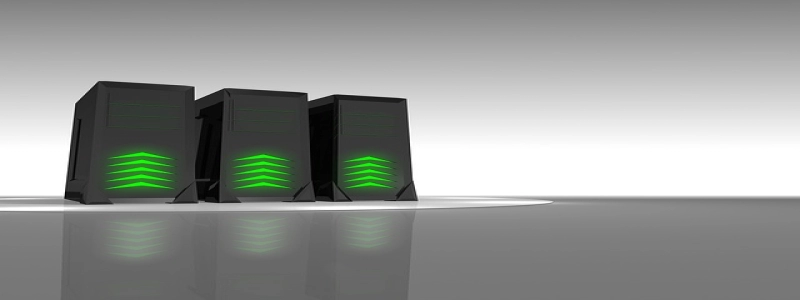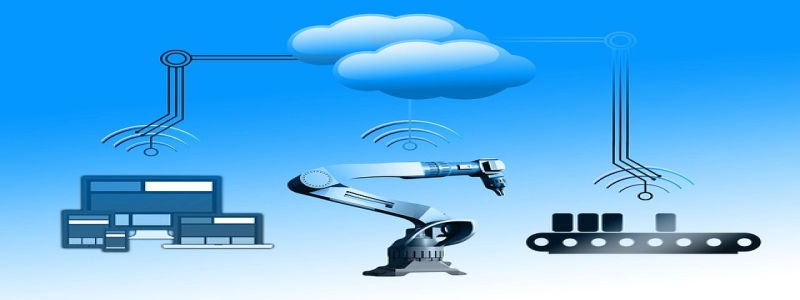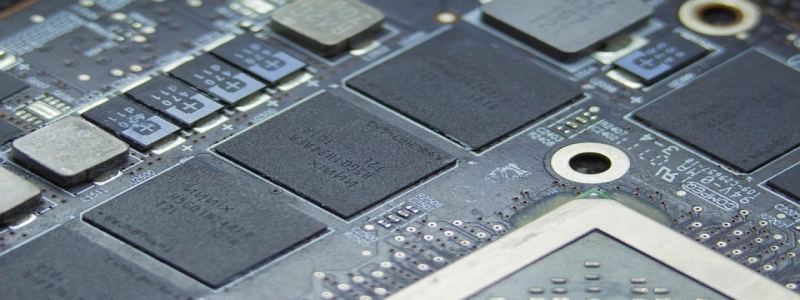Fiber Optic Transceiver Module
Wstęp:
The fiber optic transceiver module is an integral component of optical communication systems. It plays a crucial role in transmitting and receiving data over optical fibers. This article will provide a detailed explanation of the various aspects of a fiber optic transceiver module, including its structure, working principle, and applications.
I. Structure of Fiber Optic Transceiver Module:
The fiber optic transceiver module consists of several components that work together to facilitate optical data transmission. These components include a laser diode, photodiode, modulator, demodulator, and a signal conditioning circuit. The laser diode emits light that is modulated with the data to be transmitted, while the photodiode detects the light signal and converts it back into an electrical signal.
II. Working Principle of Fiber Optic Transceiver Module:
The working principle of a fiber optic transceiver module can be divided into two main stages: transmission and reception. During the transmission stage, the electrical data signal is converted into a light signal by modulating the laser diode. This light signal is then transmitted through optical fibers to the receiving end. At the receiving end, the photodiode receives the light signal and converts it back into an electrical signal.
III. Applications of Fiber Optic Transceiver Module:
The fiber optic transceiver module is widely used in various applications that require high-speed and long-distance data transmission. Some of the key applications include:
A. Telecommunications: Fiber optic transceiver modules are extensively used in telecommunications networks to transmit large amounts of data over long distances. They enable high-speed internet connections, video streaming, and voice communication.
B. Data Centers: In data centers, fiber optic transceiver modules are used to connect servers and storage devices over optical fibers. They enable high-bandwidth and low-latency data transfer, ensuring efficient data processing and storage.
C. Military and Aerospace: The ruggedness and reliability of fiber optic transceiver modules make them suitable for military and aerospace applications. They are used in communication systems for aircraft, ships, and ground-based operations.
d. Medical Equipment: Fiber optic transceiver modules find applications in medical devices such as endoscopes and imaging systems. They enable high-resolution image transmission, ensuring accurate diagnoses and minimally invasive procedures.
e. Industrial Automation: In industrial automation systems, fiber optic transceiver modules are used to transmit control signals and sensor data over long distances. They provide reliable and interference-free communication, enhancing the efficiency and safety of manufacturing processes.
Wniosek:
The fiber optic transceiver module is a critical component in optical communication systems. Its structure, working principle, and applications have been discussed in detail. With the continuous advancement of optical technology, fiber optic transceiver modules are expected to further revolutionize the field of data transmission and communication.








